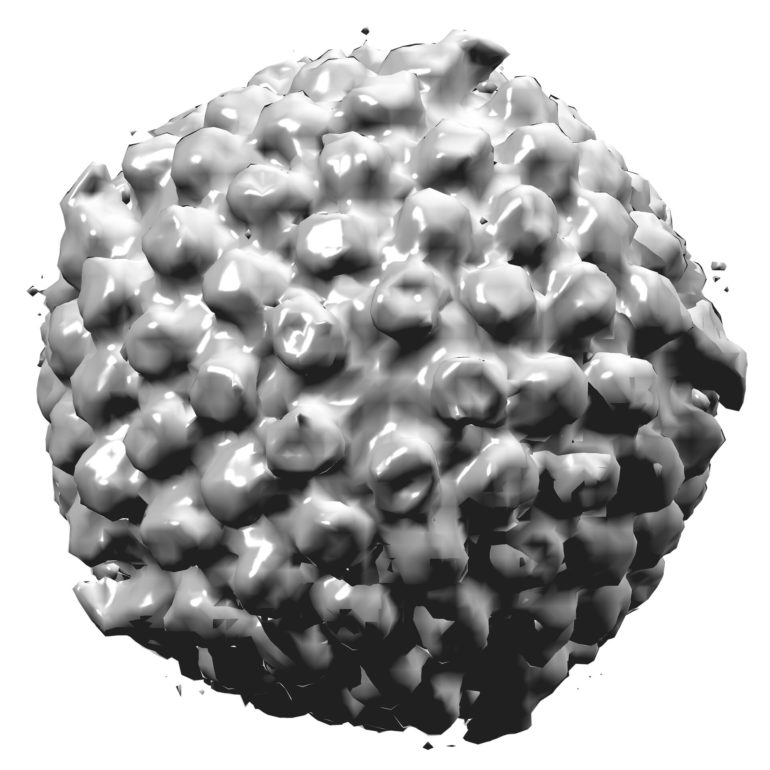New research from Dr. Luis M. Schang and his group at the Baker Institute for Animal Health has identified a new mechanism that plays a role in controlling how the herpes virus alternates between dormant and active stages of infection.
The herpes virus causes cold sores and genital sores, as well as life-threatening infections in newborns, encephalitis and corneal blindness.
Treatment of the virus is difficult, because it hides out in nerve cells and emerges months or years later to reactivate the infection.
In Schang’s group, Mi Yao Hu and Esteban Flores Cortes discovered that the virus switches between the “latent” stage and the “lytic” stage, in which it is actively replicating, depending on how tightly its DNA is packaged into bundles called chromatin.
Their findings are in a paper, “Chromatin Dynamics and the Transcriptional Competence of HSV-1 Genomes During Lytic Infections,” which published Nov. 14 in PLOS Pathogens. Schang’s group collaborated with scientists from the University of Alberta, Canada, and University College London (UCL).
“Any problem that herpes causes is because of reactivation from latency,” Schang said. “That’s the reason why antivirals cannot cure the infection and why so far it’s been impossible to develop a vaccine. Latency and reactivation are a major focus for herpes virus research.”
When the herpes virus enters a cell, the cell tries to protect itself by wrapping the viral DNA tightly around spool-like proteins called histones and condensing it into chromatin, which causes the virus…



